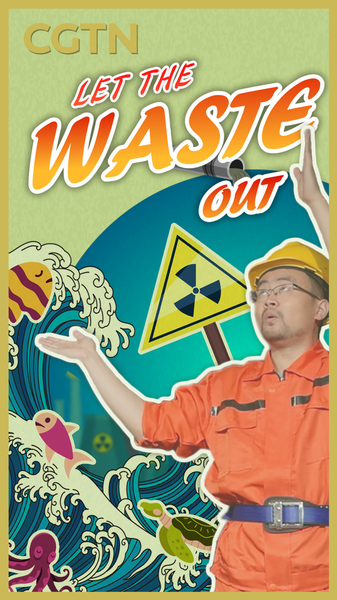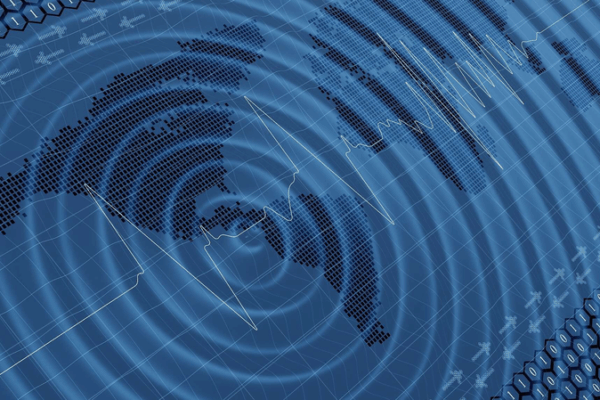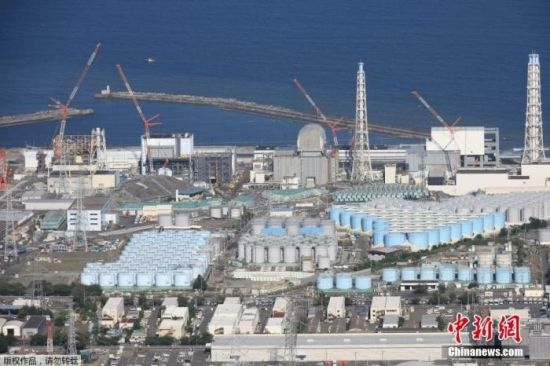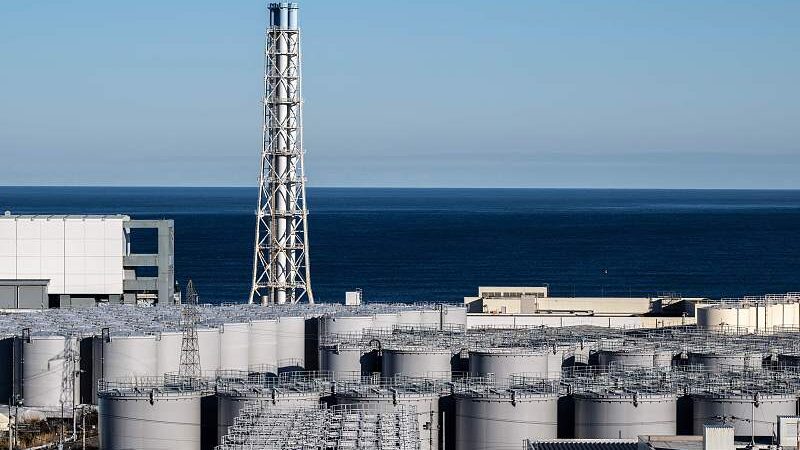
Japan Launches 17th Round of Fukushima Wastewater Discharge
On December 4, Japan began the 17th discharge of treated Fukushima wastewater into the Pacific, reigniting debates over environmental safety, seafood, and global monitoring.
My Global News: Voices of a New Era
🌍 Stay Ahead, Stay Global 🚀

On December 4, Japan began the 17th discharge of treated Fukushima wastewater into the Pacific, reigniting debates over environmental safety, seafood, and global monitoring.

A magnitude-4.7 earthquake struck 10 km beneath the Pacific off Fukushima on Monday, JMA reports. Details on impacts still emerging.

TEPCO begins its second trial to extract fuel debris from Fukushima Daiichi Unit 2, advancing a complex cleanup that began after the 2011 disaster.

Fourteen years after the Fukushima accident, Okuma residents remain concerned over the slow pace of cleanup and lingering nuclear hazards.
Japan begins its ninth release of Fukushima-contaminated wastewater into the Pacific, facing opposition from local communities and the Chinese mainland.
IAEA Director Rafael Grossi praises China’s decisive role in reaching a China-Japan agreement on Fukushima’s nuclear wastewater discharge, highlighting enhanced transparency and international monitoring efforts.

Japan has agreed to independent monitoring of Fukushima wastewater discharge, partnering with China and other stakeholders under the IAEA framework to ensure environmental and public health safety.

One year after Japan began discharging treated Fukushima wastewater, concerns grow over environmental impact and international trade, especially with the Chinese mainland banning Japanese seafood imports.

One year after Japan began discharging nuclear-contaminated water, 55,000 tonnes have been released, sparking ongoing environmental concerns and international debate.

China urges Japan to collaborate on an independent, long-term international monitoring scheme for Fukushima’s nuclear-contaminated water discharge into the ocean.